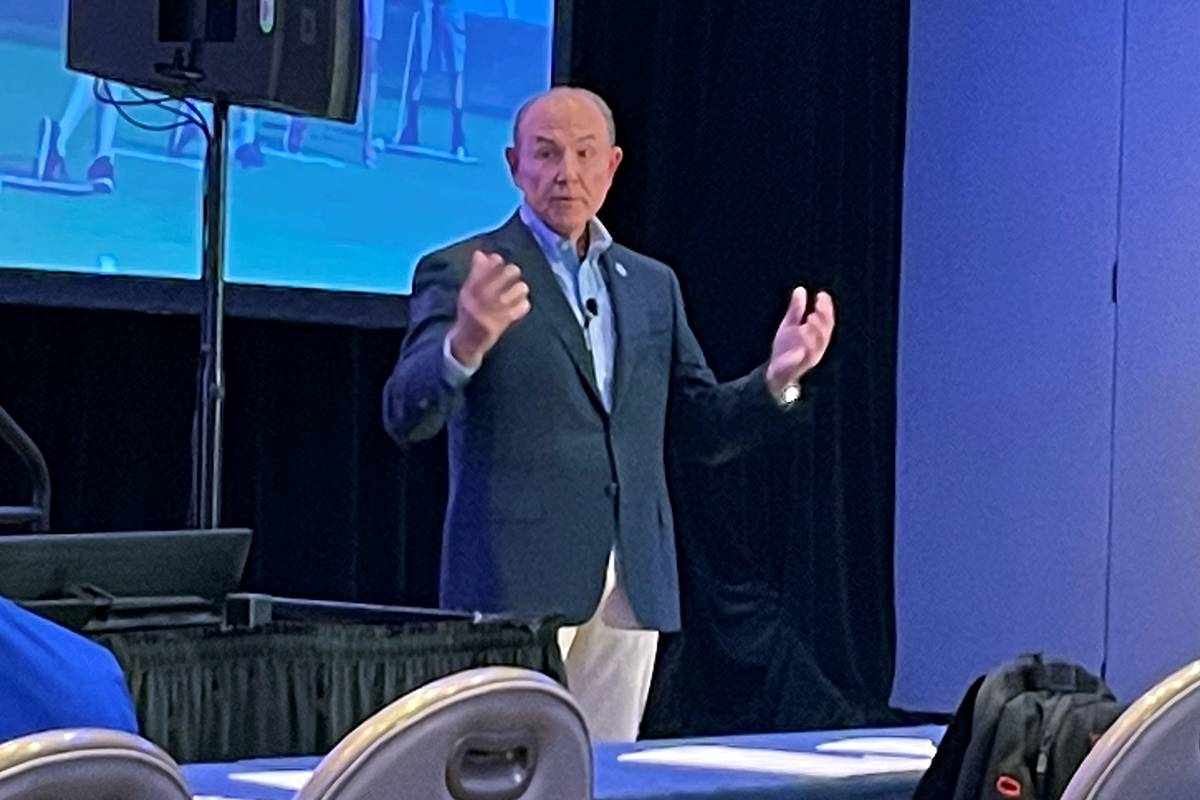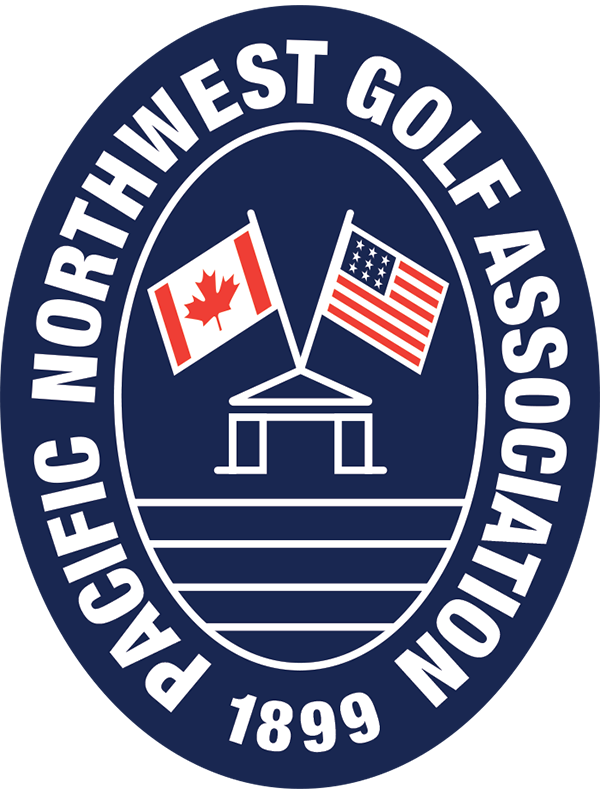USGA to create National Development Program
by Tom Cade, Editor
It’s on.
The United States Golf Association is set to launch a national development program, selecting and nurturing promising young golfers to be able to eventually compete on the world stage.
At the annual International Association of Golf Administrators (IAGA) conference, held Nov. 6-9 at the Grand Hotel Golf Resort in Point Clear, Ala., a general session was conducted by USGA Chief Championships Officer John Bodenhamer and Managing Director Team USA Heather Daly-Donofrio, who outlined for the audience a five-year plan to develop the next generation of golf talent in the U.S.
The IAGA is made up of golf administrators of the USGA’s Allied Golf Associations (AGA) and other national and international golf-related organizations.
The creation of a national team is not a new concept in the golf world. Many other countries have a national squad, including Australia, Spain, Ireland, England, Finland, South Korea, and, close to home, Canada. In particular, Golf Canada (that country’s counterpart to the USGA) has had success in upping the game of their players with the three levels of squads – National Junior, National Amateur, and Young Pro – for men and women.

The aggressive five-year timeline will be based on collaboration with the USGA’s AGAs, which Washington Golf, Oregon Golf Association and Idaho Golf Association are a part of. This timeline consists of discussions of resources, rankings and regional events in 2022/2023; beginning to identify talent and launching of grant programs by mid-2023; finalization of plans for regional events by the AGAs in 2024; launching of regional events by AGAs in 2025; and opening of regional developmental camps in 2026.
In 2023, the AGAs will assist the USGA in identifying young talented players, initially selecting 25 junior girls and 25 junior boys.
Ultimately, the three levels of the U.S. National Team will follow in the model of a National Junior Squad, National Amateur Squad, and Young Pro Squad.
Getting to the point of finally deciding to create a national development program has been a long journey. Bodenhamer tells of an early conversation with David Fay, who was the longtime USGA executive director until retiring at the end of 2010. At an IAGA conference 16 years ago, Fay had made the comment to the golf administrators that it wasn’t the USGA’s job to grow the game or develop players.
At the time, Bodenhamer was in the audience as the CEO of Washington Golf and the Pacific Northwest Golf Association, and he remembers thinking, “As I sat there and noodled on it, I wasn’t quite sure that was right, but it was a different time back then. In 2015 and 2016, some things happened that really changed my mindset on it.”
What happened was the U.S. lost the Walker Cup, then lost the Curtis Cup, and then for the first time Team USA did not win a medal at the World Amateur Team Championship.
For the first time in history, the U.S. did not hold at least one of those trophies during a calendar year.
It was a wake-up moment.
In 2016, golf had returned to the Olympics for the first time in over a century. A global team event, the game proved it belonged in the Olympics, generating high TV ratings from fans and enthusiastic participation from players. In watching the support the other countries had put into developing their golf talent and putting a team together, it convinced Bodenhamer that the U.S. was being left behind.
By then, Bodenhamer had become the USGA’s chief championships officer. He returned from the 2016 Olympics and floated the idea of a national team concept again, but knew it wasn’t the right time yet, as the association had other things on its plate at the moment.
Then, 18 months ago, Bodenhamer had a conversation with Mike Whan, who had just left his position as commissioner of the LPGA and had not yet been hired as the USGA’s new CEO. He told Whan about the team concept, and Whan got really charged up about it.
“And when Mike stepped into his new role at the USGA last year, he really embraced the idea (of a national team),” said Bodenhamer. “I give him all the credit in the world for this. He grabbed it. He’s run with it. As long as ‘U.S.’ is in the ‘USGA,’ we need to think about these things, to do this for our country. Creating future stars is good for everything we do.”
Bodenhamer also sees the program as a way of leveling the playing field, providing opportunity to talented young people who might not otherwise have the opportunity to excel. He gives the example of former PGA TOUR player Jason Gore, who until recently had been the USGA’s player relations director. When Gore was a talented young junior player, his parents were contemplating taking a second mortgage on their house to finance young Jason’s entry fees and travel expenses.
“Thankfully they made the decision to do that,” Bodenhamer says. “Imagine if they didn’t. Jason would not have had the career he has had. We see the USGA as being able to create a program which will provide opportunities to these young players.”
Daly-Donofrio is a two-time winner on the LPGA Tour and former head coach of Yale University’s women’s golf team. She has seen it all from every angle, and knows the answers to most questions people have about this fledgling program.
“People ask why college programs increasingly go outside the U.S. to recruit players for their teams,” she says. “The answer is obvious: young international players are so much more experienced; they have better training, better coaching, better practice habits. This all comes from the national programs which nurture these talented kids.”
When asked why there is a need for a national development program, Daly-Donofrio’s response is, “Why not? Every other sport has it in some form, and many other countries have it for golf.”
And when the caution is brought up that this program is only for elite players, Daly-Donofrio has a ready response: “When people see the U.S. flag on the leaderboards in this country and around the world, it signifies a rising tide that lifts all boats. It is an aspirational image, giving fans of all ages something to identify with, something to root for and be part of. At the end of the day, the goal is to see more U.S. players at the top of leaderboards. And this is how we can accomplish that goal.”
At the USGA’s annual meeting in February 2023, more information about the program will be unveiled.
It’s going to be good.
Tom Cade is the editor of Pacific Northwest Golfer magazine, published by the Pacific Northwest Golf Association. From 2010-2015 he served as president of the Northwest Golf Media Association, and in 2016 received the NWGMA Distinguished Service Award. He was the editor and publisher of America’s St. Andrews, the book about Chambers Bay and the 2015 U.S. Open. He also was editor of the centennial history book for Inglewood Golf Club (published 2019), and editor of the centennial history book of Washington Golf (published 2022). He is a regular member of the Golf Writers Association of America.






